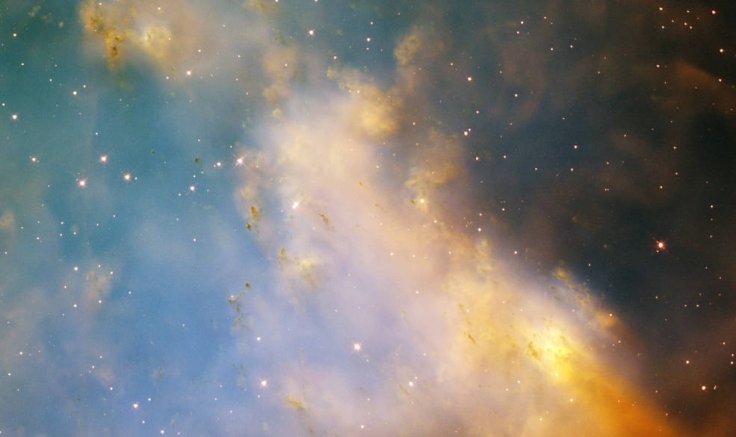NASA recently featured a stunning photo of a nebula that was formed after the death of a star. Due to its brightness, the agency said it can be spotted from Earth without using a powerful telescope.
The image of the mesmerizing cosmic object, which was recently featured as NASA's Astronomy Picture Of The Day, belongs to a massive nebula known as Messier 27. According to the agency, Messier 27, which is also called Dumbbell Nebula due to its unusual shape, is located about 1,200 light-years from Earth within the Vulpecula constellation.

How To See The Dumbbell Nebula
Messier 27 is known as one of the brightest cosmic objects in the sky. As noted by NASA, the object is so bright that it can be easily seen from Earth as long as the conditions are favourable. As explained by the agency, during nights when the night sky is exceptionally clear and dark, sky gazers can observe the Dumbbell Nebula with just a pair of binoculars.
According to NASA, Messier 27 usually appears above the constellations Sagittarius and Aquila. Sky gazers will be able to spot the nebula above Altair, which is the brightest star in the Aquila constellation. From here, they'll also be able to see the Vulpecula constellation right above Messier 27.
Facts About The Dumbbell Nebula
Messier 27 is categorized as a planetary nebula, which means it was formed after a dying star finally reached the end of its life cycle. As the star dies, its outer shell composed of ionized gas such as oxygen, hydrogen and nitrogen expands into a bright cosmic cloud.
"Spotted by Charles Messier in 1764, Messier 27 was the first planetary nebula ever discovered," the agency explained in a statement. "The term 'planetary nebula' is a bit of a misnomer based on the nebula's round, planet-like appearance when viewed through smaller telescopes. The nebula is the result of an old star that has shed its outer layers in a glowing display of colour."
The Sun And Messier 27
Many astronomers believe that the Sun will eventually end up like the star that formed the Dumbbell Nebula once its energy runs out. This cosmic event is expected to happen in about 4 to 5 billion years from now. Unlike other stars, the Sun will not cause a supernova when it dies because it is not massive enough.
"The first hint of our Sun's future was discovered inadvertently in 1764," NASA stated. "At that time, Charles Messier was compiling a list of diffuse objects not to be confused with comets. The 27th object on Messier's list, now known as Messier 27 or the Dumbbell Nebula, is a planetary nebula, the type of nebula our Sun will produce when nuclear fusion stops in its core."









